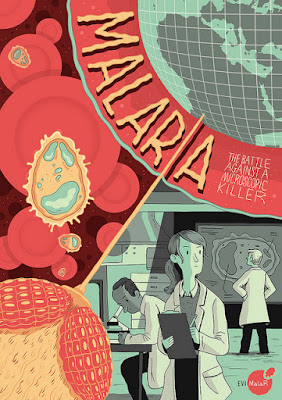Prevalence, Clinical Features and Outcome of Neonatal Malaria in Two Major Hospitals in Jos, North-Central Nigeria
Malaria is a mosquito-borne infectious disease affecting humans and
other animals caused by parasitic protozoans belonging to the Plasmodium type. It is usually found in
tropical and subtropical climates where the parasites that cause it live and remains
a major health problem. Due to the protective barrier of the placenta, transfer of maternal
antibodies and the protective effect of foetal haemoglobin (HbF), malaria was
thought to be rare in neonates. However, recent studies report increasing
prevalence in neonates. In this paper, the authors aimed to assess the prevalence, clinical
features and outcome of malaria in neonates admitted into two tertiary
hospitals in Jos, Plateau State.
The study was carried out in Jos University Teaching Hospital (JUTH)
and Bingham University Teaching Hospital (BhUTH). It had a prospective hospital
based longitudinal descriptive study design and was carried out between 2nd
January and 4th July, 2013. All consecutive neonates (aged between 0 and 28
days old) admitted into the selected hospitals were recruited within 24 hours
of admission if they met the inclusion and exclusion criteria.
Giemsa stained blood films of the neonates were examined by trained
microscopists. Neonates with malaria had presenting clinical features recorded
and treated with amodiaquine (1st line) and quinine (2nd line).
Clinical features and parasitaemia were monitored for 14 days for outcome. Of
the 301 neonates enrolled, 16 had malaria parasitaemia giving a prevalence of
5.3%. Congenital malaria accounted for 87.5% of cases of neonatal
malaria. Plasmodium falciparum mono-infection was responsible
for all the cases of malaria. ITN use in pregnancy offered some protection
against neonatal malaria (CI=0.2 - 0.7). The median parasite density was 255
(72, 385) parasites/μl. Fever was significantly present in 10 (66.7%) of the
cases (p=0.03). Fifteen of the 16 neonates had clinical and parasitological
cure on treatment with amodiaquine. One treatment failure had cure after
retreatment with quinine. There was no mortality in all 16 neonates treated for
malaria.
In conclusion, malaria is not rare in neonates on admission in Jos,
Nigeria. And the Neonatal malaria was characterized by low parasite density and
as a mild disease, with fever as the commonest clinical feature. Amodiaquine
has provided effective treatment of malaria in neonates in Jos.
Article
by Udochukwu M. Diala, et al, from Nigeria.
Full
access: http://mrw.so/2fSLOK
Image
by Luke Pearson, from Flickr-cc.

评论
发表评论